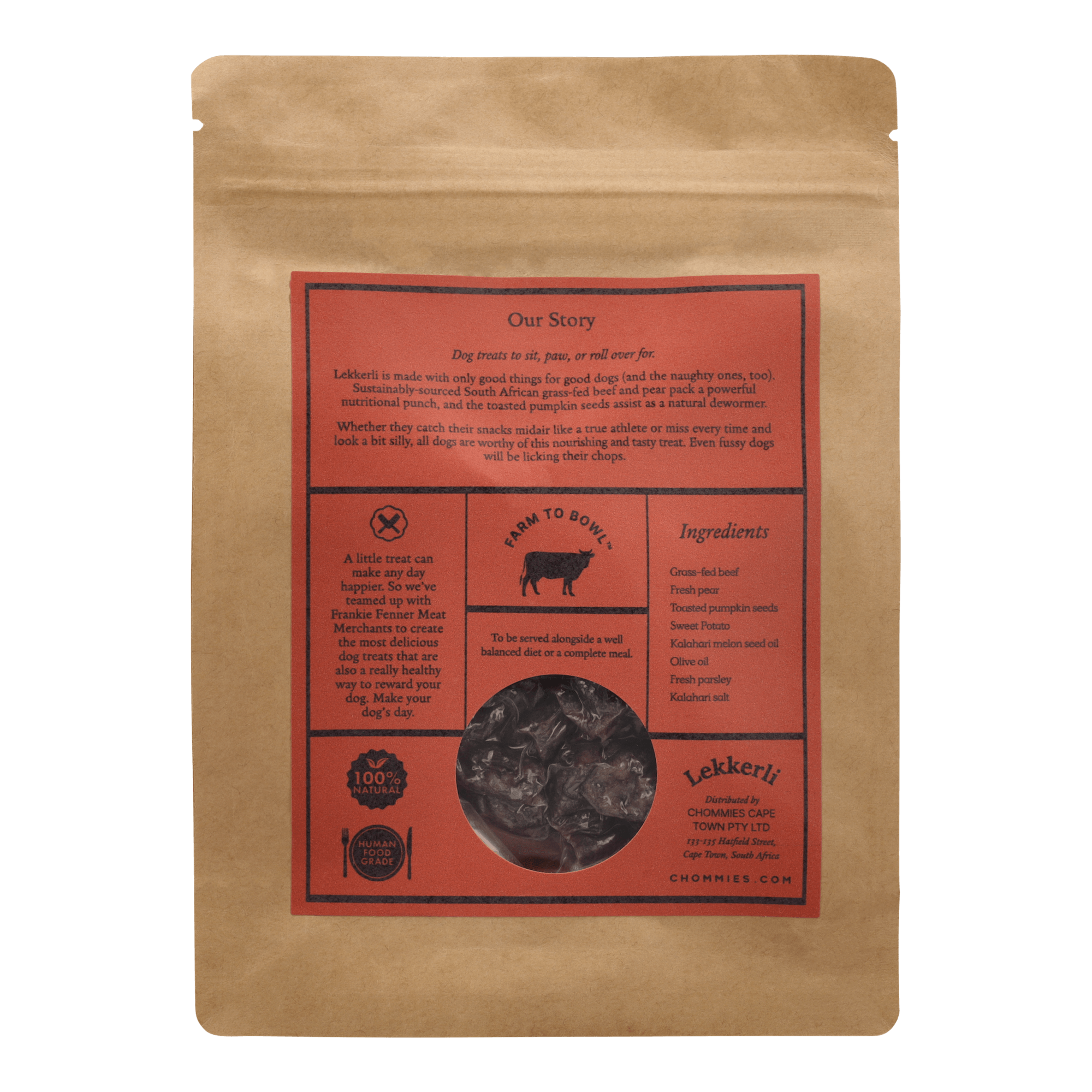
How to Train Your Dog with Treats (Without Becoming Their Butler)
Let’s be honest: most dogs already think we exist to serve them. Open the door. Fill the bowl. Rub the belly. And yes, hand over the snacks. But there’s a difference between bribery and training. The trick? Using treats to get your dog to do what you want, not what they demand.
The Power of Snacks
Dogs are basically furry slot machines. Put in the right treat at the right moment, and out comes the jackpot behaviour: sit, stay, come. Timing is everything. Reward immediately when they get it right, or else they’ll think the treat was for something else… like blinking. Or yawning.
Keep Rewards Tiny but Mighty
Behaviourists recommend pea-sized portions or smaller. Why? Because it’s not about the calories, it’s about repetition. The more reps you can reward without overfeeding, the faster your dog learns. Think of treats as clicks on a scoreboard, not a meal.
Choose Your Currency
Kibble won’t cut it. Training requires high-value currency: Chomm Chomm Treats, a blend of grass-fed beef and fresh pear, with a sprinkle of toasted pumpkin seeds. Gluten-free, additive-free, antibiotic-free, and homemade in Cape Town, they’re the gold standard of rewards. Or, if you must, cheese cubes and chicken will do. But let’s be honest, your dog knows quality when they taste it.
Short and Sweet (Like the Treats)
Training time isn’t a marathon. Five minutes is plenty before your dog finds something “better” to do. One command, a few solid goes, reward like mad. Quit while you’re ahead.
Switch to a Variable Schedule
Once your dog understands the cue, stop paying out every single time. Behaviour science calls this a variable reinforcement schedule, the same principle that keeps humans glued to slot machines. It creates persistence and makes behaviours harder to extinguish.
Don’t Become the Snack Dispenser
Yes, treats are magic. No, you don’t want to be carrying liver bites in your pockets for the rest of your life. Once your dog gets the hang of it, start phasing them out. Mix it up: sometimes a treat, sometimes praise. They’ll never know what’s coming, which keeps them listening.
Training = Bonding
The point isn’t just a dog who sits when you say so. It’s a dog who trusts you, looks to you, and sometimes, miraculously, thinks you’re smarter than them. Every “sit” is a little contract of understanding: you talk, they listen, you both win.
Watch Arousal Levels
Too much excitement = scrambled brain. Studies in canine cognition show that overly aroused dogs struggle to process new information. Keep sessions short, calm, and clear. The right food helps focus, but timing and tone keep learning on track.
Mind the Waistline
Veterinary behaviourists warn: training treats can quietly add 10–15% to daily calories if you’re not paying attention. Weigh out part of their regular food to use as rewards, or pick low-fat, nutrient-dense treats.
The Psychology Behind It
Here’s the science: your dog’s brain is wired for positive reinforcement. When they do something right and get rewarded, their brain releases dopamine, the “feel-good” chemical. That chemical rush makes them want to repeat the behaviour. It’s not bribery; it’s classical conditioning with a side of joy. Over time, the action itself becomes rewarding, even when the treats taper off.
In plain English? Snacks tell your dog’s brain: “That thing you just did, do it again.” And because they love how it feels, they will. So yes, treats work. Just remember who’s training who.





